‘I am not my disorder:’ Student speaks on living with schizophrenia
Please note that aspects of this story could be triggering for some readers.
Victor DiMartino’s part-time, high school job at Whole Foods required him to be up and ready before sunrise almost every day. Getting up early was difficult for DiMartino — he often wouldn’t fall asleep until 3 a.m. on the day of his shift due to relentless panic attacks and crippling anxiety.
During those restless morning hours, DiMartino would pace around his family home for hours on end. Sometimes, he could feel the weight of someone hovering over his shoulder, just out of sight but too close to ignore.
Sometimes, when he stumbled around his Kansas City home in the early hours of the morning, he would see shadows in the corners of rooms, only to flip on the light and see no one there.
Although he didn’t know it yet, DiMartino has schizophrenia: a chronic, incurable mental disorder that puts him out of touch with reality, making even a morning commute an overwhelming task.
Now, as a senior at Wichita State University, DiMartino is terrified by his looming graduation and finding a place in the “real world” — a world he fears will not accommodate his needs.

Pre-Diagnosis
As a child, DiMartino was always captivated by the plots of children’s shows on TV. Described as creative, he spent much of his free time creating his own stories from his vivid imagination.
“I was always trying to tell a story that’s never been told before,” DiMartino said. “But sometimes at the expense of my grade.”
During his middle and high school years, DiMartino buried himself in his writings and the escapism offered by television. Toward the end of his high school career, he began taking an interest in writing and animating, hoping to attend university and write and assist in the design and animation of his own TV shows and movies.
Despite these aspirations, DiMartino began to experience noticeable changes in his attitude and perception of reality during his senior year of high school in December of 2018.
DiMartino said he became overwhelmed with the thought that his death would “save humanity,” and thought that by ending his own life, he would be granting others the ability to live better lives.
“I wasn’t depressed or anything,” he said. “I was just delusional, but I didn’t realize that it was a delusion until later.”
DiMartino had nearly completed his suicide note and had made plans to take his own life, when police officers showed up on his doorstep. A friend had reported him, leading to DiMartino’s first encounter with mental health care and a temporary stay at a mental health facility. After a slew of medical visits, DiMartino was diagnosed with major depressive disorder, an assumption largely based partly on his immediate-family history with depression and anxiety disorders. Christopher Leonard, a licensed psychologist and the director of counseling services with WSU’s Counseling and Prevention Services (CAPS), described how diagnosing conditions like schizophrenia can be difficult, especially when so many of its symptoms resemble those of other disorders. “We have this thing called ‘constellation of symptoms’ — and you can have a symptom that is in multiple diagnoses. So it’s understanding more of the etiology (cause) of where that symptom is coming from,” Leonard said. DiMartino said he expressed disbelief to his physician, describing how he felt some of his symptoms — such as psychosis, dissociation and paranoia — didn’t match the traditional traits of a depression-related condition. “All of the doctors and health workers were like ‘Oh, so you’re depressed?’ and I’m like ‘No, I’m a very happy person,” DiMartino said. “I knew there was something else missing.” Despite having concerns dismissed, DiMartino began taking a prescribed antidepressant. To his dismay, the drug amplified the severity of his symptoms. According to a study published by the National Library of Medicine (NIH), it’s not uncommon for schizophrenia patients to have negative reactions to antidepressant medications. It has been noted that mixing antipsychotics with antidepressants in schizophrenia patients can lead to increased aggravation in psychotic symptoms. “When someone is working with a medication provider, you want the medication provider to have the best information available, so they can know and make sure that there’s no counter-indications in the medication they’re prescribing,” Leonard said. While taking the medication, DiMartino experienced consistent suicidal thought patterns, intrusive thoughts, dissociation, disorganized behavior, paranoia, hallucinations and delusions. “Imagine you’re a puppet,” he said. “You’re conscious of everything you’re doing as a puppet, but you can’t control yourself because someone else is controlling you.” After nearly a year of taking the ineffectual drug, he was prescribed an antipsychotic, which according to DiMartino, was successful in suppressing his symptoms, but only temporarily. “One day, it stopped working,” he said. In another report by the NIH, treatment-resistant schizophrenia is also common, with “up to 40% of diagnosed patients showing inadequate response to optimal antipsychotic treatment.” DiMartino’s dosage was increased but to no avail. Against his wishes, he was put on a different antidepressant drug under the care of a different doctor in Kansas City. “I felt like he never listened to me,” DiMartino said. “I was only going to see him because I needed someone, legally, to get me meds.” DiMartino didn’t have the time he needed to sort through potential miracle cures and toy around with medicinal dosages. He was a young man, now expected to attend university to get a head start on his future — a future he couldn’t even imagine himself living to experience. In 2019, DiMartino began attending WSU with a major in creative writing and a minor in animation. He described the following months as the most challenging and traumatizing of his life. ‘Nightmare’ With a new city also came a new doctor — one that DiMartino felt was finally intuitive of his needs and concerns. With consistent observation and assessments, DiMartino’s care dramatically improved. “If you’re only treating someone for three days, like a hospitalization, it’s going to be pretty hard to come up with a very clear, solid diagnosis,” Leonard said. “If you’re seeing someone for … outpatient treatment, you can really help solidify diagnoses.” Under the care of LaVeta Jarrett, a psychiatric nurse practitioner, DiMartino was given a genetic test to determine what medications would be effective with his DNA. In November 2021, he began taking Geodon, an atypical antipsychotic. The prescription was, initially, far from helpful. “At first, it was horrible. It was the worst experience ever,” DiMartino said. “I would have nightmares all the time — but I was awake. I wasn’t sleeping. I was having hallucinations and delusions at night while I was not sleeping. I wasn’t able to fall asleep until the sun rose. It was just hell.” DiMartino started having regularly occurring but recognizable hallucinations and delusions. “I didn’t know I had hallucinations until I started the new medication,” he said. “Then I was like, ‘Why am I seeing the world differently?’ I had no idea that all this stuff was a hallucination.” Sometimes, while sleeping in his apartment, DiMartino could hear voices. Initially, it was only the kind words of a man he would come to call Gerald. Later, voices with more nefarious messages overwhelmed Gerald, and DiMartino tried to block them out. Occasionally, DiMartino, who lived alone, said he could feel people jumping at the end of his bed. Toward the end of the Fall 2021 semester, DiMartino began having trouble keeping up with coursework. Because DiMartino did not have an official schizophrenia diagnosis, he was unable to obtain the official Office of Disability paperwork to inform his teachers of his potential difficulties. Informing professors of his struggles and limitations was intimidating and often fruitless, he said. DiMartino said a professor whom he disclosed his concerns and needs to was “not receptive of it” and refused to offer him extended deadlines or make-up work opportunities. “The only reason I failed (that class) was because I didn’t turn in two assignments that I had finished. I just thought I turned them in. Sometimes, I don’t remember doing things,” DiMartino said. He said in a perfect world, teachers should be understanding. “But we don’t get that,” he said. “I think that’s the goal — to not need systems in place to help you to accommodate students. The professors should just actively help without being told.” At his limit, DiMartino started digging deeper into his symptoms through countless hours of research via YouTube videos. He switched physicians again, and this time, saw gradual improvement as his dosage was adjusted and tweaked. After bringing his concerns to the attention of his new doctor, DiMartino was encouraged to do his own research with the local library’s DSM-5. The Diagnostic and Statistical Manual of Mental Disorders (DSM-5), commonly referred to as “Psychiatry’s Bible” was the light at the end of DiMartino’s tunnel, and he felt that the dots were finally connected between his symptoms and condition. “I was reading and I started to realize ‘This is why I have schizophrenia. This is why I don’t have schizoaffective, this is why I don’t have bipolar [disorder], this is why I don’t have anxiety,’” DiMartino said. “It all made sense.” Diagnosed After nearly three years of experimenting with different drugs and trying to find the identity of the disorder that plagued his life, DiMartino presented his findings from the DSM-5 to his physician, who gave an official schizophrenia diagnosis in January of 2022. “It was a very difficult process,” he said. “I had to fight for myself so I could get a proper diagnosis. I knew I didn’t have depression — I knew I had something, but I didn’t know what it was. Finally getting that diagnosis helped me.” Within a few months, DiMartino began feeling more like himself. He was performing better in class, finding new passion in hobbies and activities that had fallen by the wayside, and even joined WSU’s student newspaper, The Sunflower. Only a temporary solution As someone with schizophrenia, DiMartino is burdened by many anxiety-inducing uncertainties about the future, like how to meet work expectations. “I don’t know how I’m going to be able to have a job for the rest of my life. Because I’m doing good now, but it takes one thing to fuck up the rest of the good thing I’ve got going now,” he said. DiMartino currently obtains disability benefits from the government and even has access to the “Ticket to Work” program, which aims to help people with disabilities return to work. While DiMartino can access benefits through the university’s Office of Disability Services, he was dissuaded by the application process. DiMartino has often felt that he needs to keep his disorder under wraps, and has been advised by friends and colleagues to withhold information about his diagnosis to prevent discrimination in the workplace. “I have a friend that works in HR,” he said. “She once told me ‘Just hide it until it gets bad, and then say something because people will not hire you if they know.’ With spring graduation approaching, DiMartino remains uncertain about how he will navigate the challenges of independent adulthood with such little aid or compassion, especially as he works towards beginning his master’s degree in creative writing. “There’s people like me who see things that aren’t there or have intrusive thoughts and stuff like that … How am I supposed to wake up the same time every day and go to the same job and do the same thing?” he asked. “There needs to be restructuring in the system.” DiMartino, now two years strong on his current medication, hopes he will find long-lasting fulfillment and success against all odds. “I want to do stuff, but I have schizophrenia holding me back,” he said. “I am not my disorder — but it’s just something in my life that I have to deal with.” EDITOR’S NOTE: DiMartino works for The Sunflower, primarily as a columnist. Campbell and DiMartino are colleagues. The Sunflower recognizes this potential conflict, but we believed this is an important story to tell. 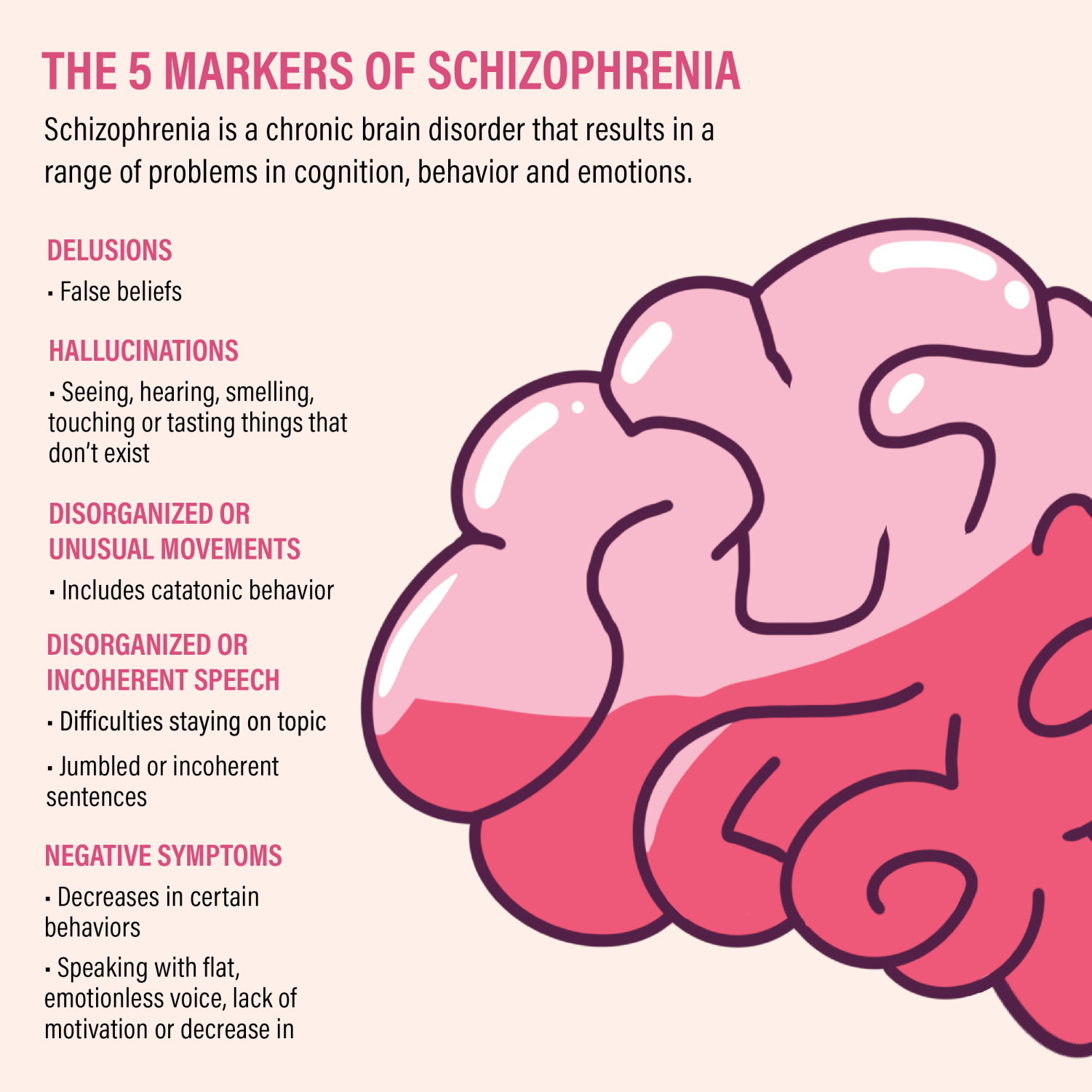

Allison Campbell was the editor-in-chief of The Sunflower during the 2024-2025 year. Campbell is a senior pursuing a journalism and media production...

Mia Hennen is the managing editor for The Sunflower. Most recently, Hennen served as editor-in-chief for the 2023-2024 year. A senior English major, Hennen...



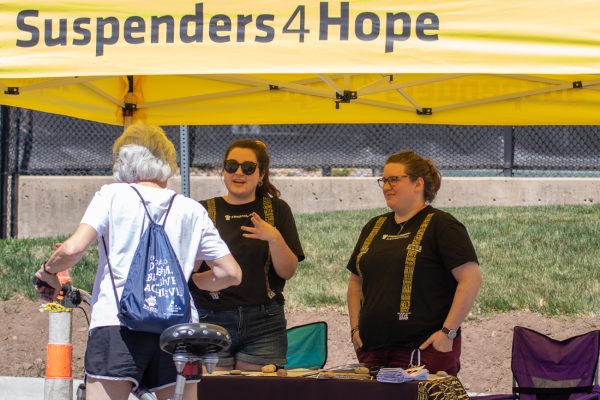

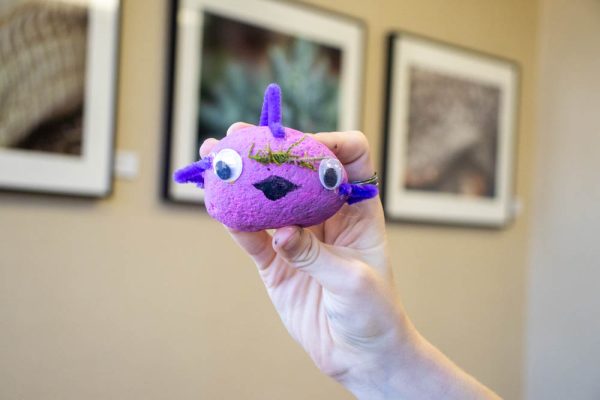

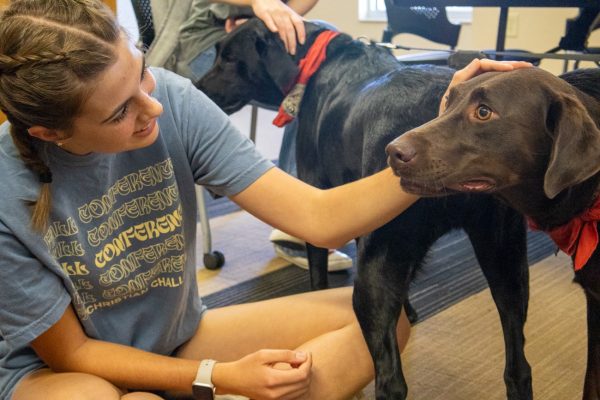



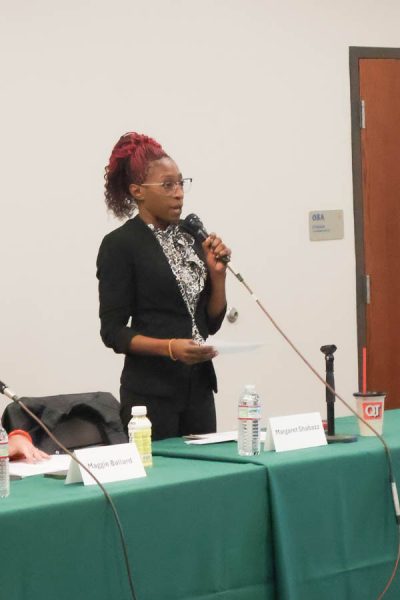

Aaron Gaytan • Apr 20, 2023 at 1:41 pm
Allison, you did a great job, I love this article. Victor, best of luck to you in your journey. My sister is diagnosed as well and though it is difficult, it is manageable. Take care -Aaron